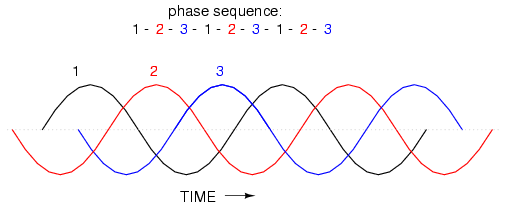Ways to reverse one-directional list

Ways to reverse one directional list Table of Contents 1 How I get this question? 2 So the answer is? 3 What did I learn from this question? 1 How I get this question? I attended a job interview again yesterday, the interviewer asked me some many questions including object-oriented software design, data structure, and algorithms. The written examination which is android SDK related should be my strong points one years ago, but Now I forgot most of the terms. So sucks huh! I list the following topics from my memory after the lasting 3 hours job interview. Plugin design patterns: Cons and Pros, How eclipse project leading this tide. Dynamic Programming language and OOP Lisp language, Functional programming, and Recursion Algorithms Most of the questions enlightening me so much, this interviewer is obviously a good engineer. wow… Great job. Now, come back the topic. How to reverse a one-directional list? This question was given when we discuss the functi






